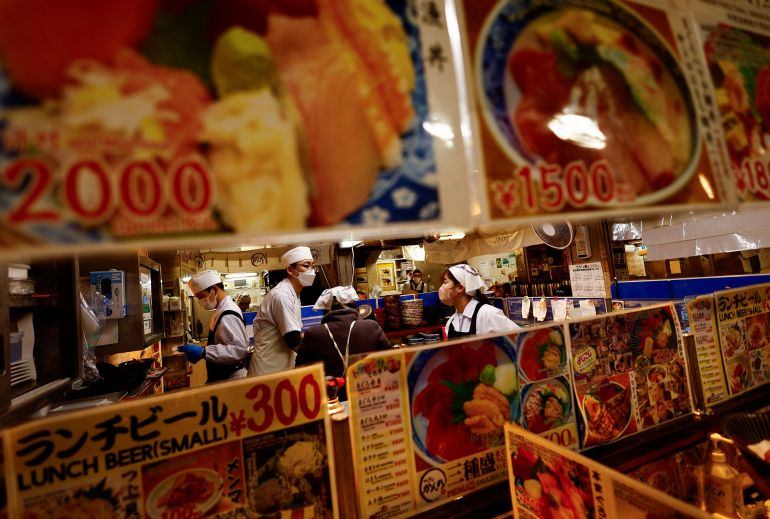Due to rising inflation and supply shortages, Japan’s favorite staple food’s price almost doubled in the past year, making it “rice crisis.”
According to government data released on Friday, rice’s price increased by 98.4% year over year in April after increasing by 92.5% year over year in March.
The surge is straining Japanese consumers’ wallets, further lowering Prime Minister Shigeru Ishiba’s and his ruling Liberal Democratic Party’s popularity.
Prices have increased by about 5, 000 yen (about $35) this month for 5 kg (11 pounds) of the well-known Koshihikari brand of rice despite emergency measures like tapping into government rice reserves. Early this month, according to Japanese media, the other varieties hit 4,200 yen (roughly $29).
Ishiba, who was speaking during a questioning session with Japan’s parliament this week, said, “We don’t know why we haven’t been able to push prices down.
He said, “We will first determine exactly how much rice there is and where it is.”
Rice prices are still being subject to an upward trend, according to Tim Harcourt, chief economist at the University of Technology Sydney (UTS), who is also the chief economist at the Institute for Public Policy and Governance.
According to him, “one is panic buying as a result of rumors of a mega-earthquake,” referring to an online rumor about Japan. “Which causes the shortage of wheat to replace rice because of the Russia-Ukraine war. And three more important things are that the Japanese tourism industry is expanding, and the demand for rice is rising.
Additionally, a particularly hot summer in 2023, which resulted in a poor harvest for Japanese farmers, has been linked to shortages.
Restaurants in Japan and some consumers have abandoned the traditional Japanese preference for locally grown rice and instead have started purchasing less expensive imported varieties as a result of rising prices.
As voters turn out for parliamentary elections later this year, Japan’s “rice crisis” could affect its minority government’s chances in the future.
An economic crisis automatically turns into a political one, according to Harcourt of UTS, according to Harcourt.
According to a recent poll conducted by Japanese media, Ishiba’s cabinet’s approval rating decreased by 5% from April to 27.4% this month.
Due to the numerous gifts of rice supporters he received, agricultural minister Taku Eto was also forced to resign this week after causing outrage by declaring that he “never had to buy rice.”
The statement was deemed out of touch with voters, who are currently experiencing a cost-of-living crisis and high inflation.
Shinjiro Koizumi, his replacement, announced on Friday that he wants to raise rice prices by about 3, 000 yen (roughly $20) for a 5kg bag of rice.
The Bank of Japan’s latest data shows that Japan’s core inflation rate increased to 3.5% in April, its highest annual rate in more than two years. According to the BOJ, the consumer price index increased by 3.5 percent in April, which includes the price of oil but excludes fresh foods.
As Japanese businesses began their new fiscal year, food prices increased by 7.0 percent in April, according to government data. The price increased came after the March increase, which was 6.2% higher.
Japan was once renowned for having low inflation levels, but the COVID-19 pandemic and the Ukraine war helped to reverse the decades-long trend in 2022.
Source: Aljazeera

Leave a Reply